Before the digital age, life was characterized by simple pleasures and genuine human connections. People immersed themselves in activities that nurtured the soul and built lasting memories. The absence of constant online distractions allowed individuals to truly engage with their surroundings and the people around them. Here are ten activities from the past that brought joy and contentment, and could still inspire happiness today.
1. Reading Physical Books
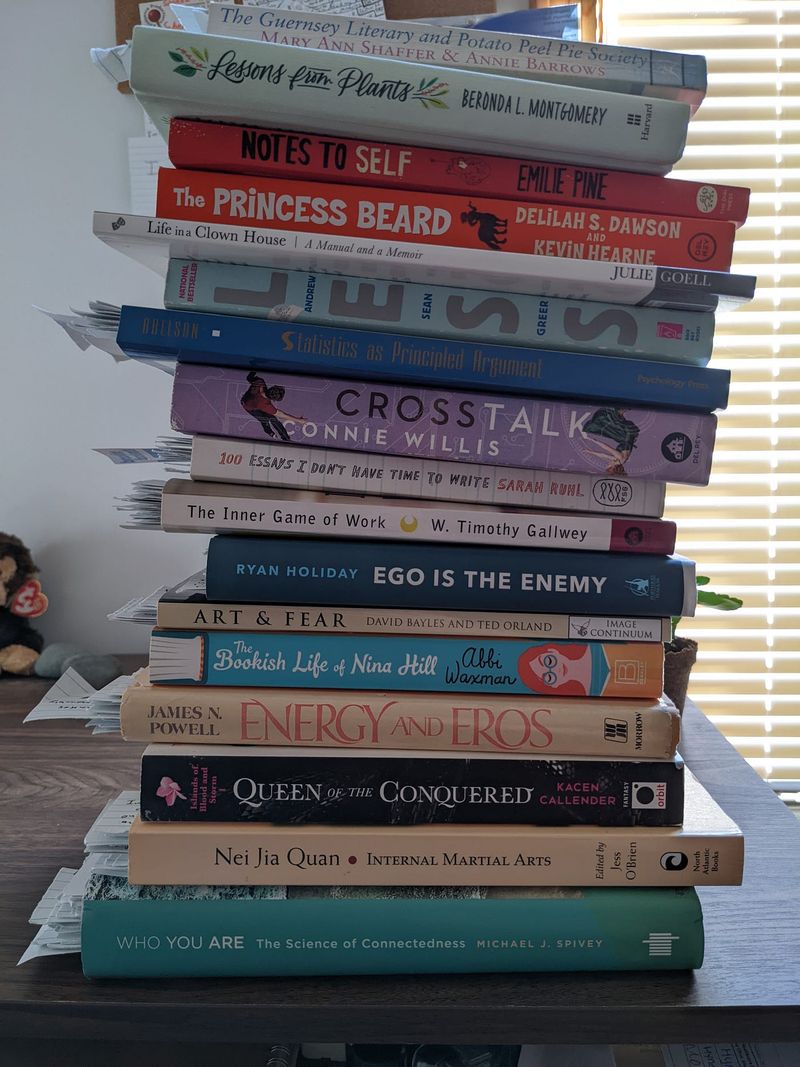
The joy of holding a book, flipping through its pages, and getting lost in a world crafted with words was a cherished pastime. The tactile sensation of paper and the distinct smell of a library or bookstore created a multi-sensory experience.
Books were companions on rainy days or quiet evenings, sparking imagination and offering escape. Without digital distractions, readers could fully immerse themselves, savoring every sentence.
Reading was not just a solo activity; book clubs brought people together, fostering discussions and friendships. Sharing thoughts on a good book was an anticipated social event.
2. Playing Outdoor Games

Before screens dominated leisure time, children thrived on outdoor play. Games like tag, hide-and-seek, and hopscotch filled neighborhood streets with laughter and shouts of joy. These activities encouraged physical fitness and teamwork, naturally developing social skills.
The thrill of running freely and the challenge of strategic hiding fostered creativity and problem-solving.
Parents trusted the safety of their communities, allowing kids to explore and make memories. These games often continued until dusk, marking the end of an adventurous day. Childhood was defined by spontaneity and the pure fun of play.
3. Writing Letters

Letter writing was an art, expressing thoughts and emotions in one’s own hand. Unlike the instant gratification of digital communication, letters required patience and thoughtfulness. The anticipation of a reply added excitement and emotional depth to relationships.
Receiving a letter was a treasured moment, the carefully chosen words bringing warmth across distances. People often preserved special letters, keeping them as keepsakes.
This form of communication fostered deeper connections, allowing individuals to articulate feelings more profoundly. The time and effort invested in writing reflected the sender’s regard and affection.
4. Stargazing

Long before digital entertainment, people found wonder in the night sky. Stargazing connected individuals to the vastness of the universe, igniting curiosity and introspection. The clarity of a starry night offered both awe and tranquility.
Families and friends often gathered outside, sharing stories and identifying constellations. This timeless activity encouraged learning and was a perfect backdrop for meaningful conversations.
Stargazing also provided a sense of perspective, reminding people of their place in the cosmos. It was a simple yet profound source of inspiration and peace.
5. Cooking Together

Cooking was a communal activity that brought families and friends together. Sharing the preparation of meals fostered collaboration and creativity. Recipes were often passed down through generations, each carrying its own story and tradition.
The process of cooking together allowed for bonding and the creation of shared memories. Kitchens were filled with laughter, conversation, and the delightful aroma of home-cooked meals.
Eating together at the table strengthened family ties, providing a daily opportunity for connection and sharing. It was about more than sustenance; it was an expression of love and care.
6. Visiting Friends and Neighbors
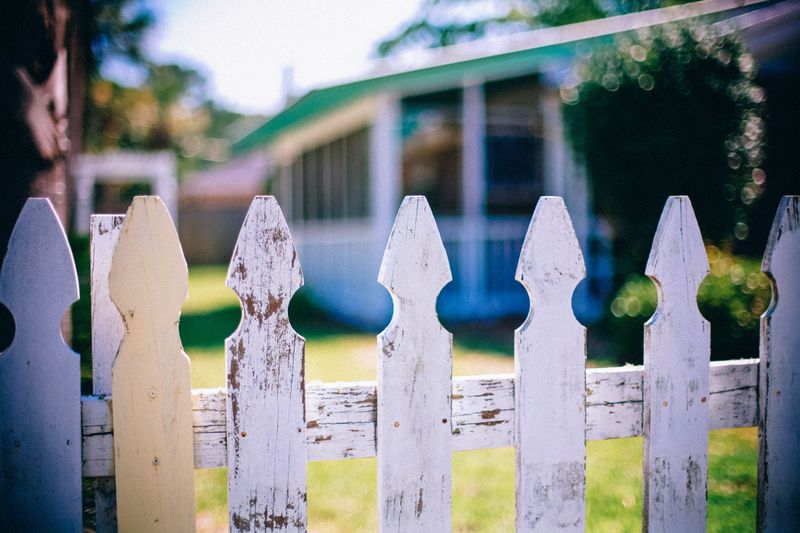
Social visits were a cornerstone of community life. Neighbors would drop by unannounced for a cup of tea or a chat on the porch. These interactions fostered strong bonds and a sense of belonging.
Visits were often casual and spontaneous, leading to genuine connections without the distraction of technology. Friendships flourished through shared stories, laughter, and empathy.
People supported each other, building networks of mutual aid and understanding. The practice of visiting reinforced trust and camaraderie, enriching community life and personal well-being.
7. Gardening
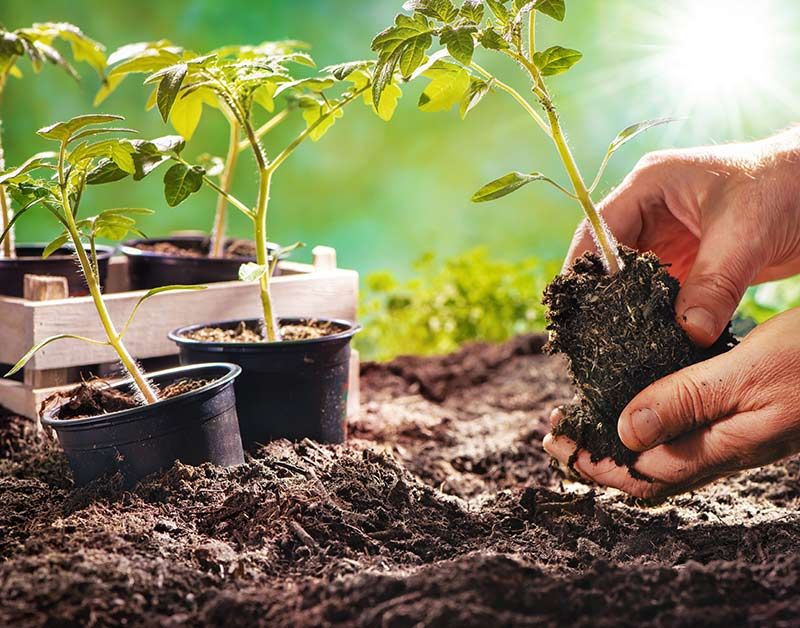
Gardening was a therapeutic and rewarding hobby, connecting people to nature and the cycle of life. The act of nurturing plants from seeds to full bloom provided a sense of accomplishment and peace.
It encouraged mindfulness, as every plant required attention and care. Gardens became personal sanctuaries, offering tranquility and a place for reflection.
Sharing the bounty with others fostered community spirit and goodwill. It was a sustainable way to contribute to household food supply, promoting a healthy lifestyle. Gardening intertwined patience and joy, cultivating both plants and happiness.
8. Board Games and Puzzles
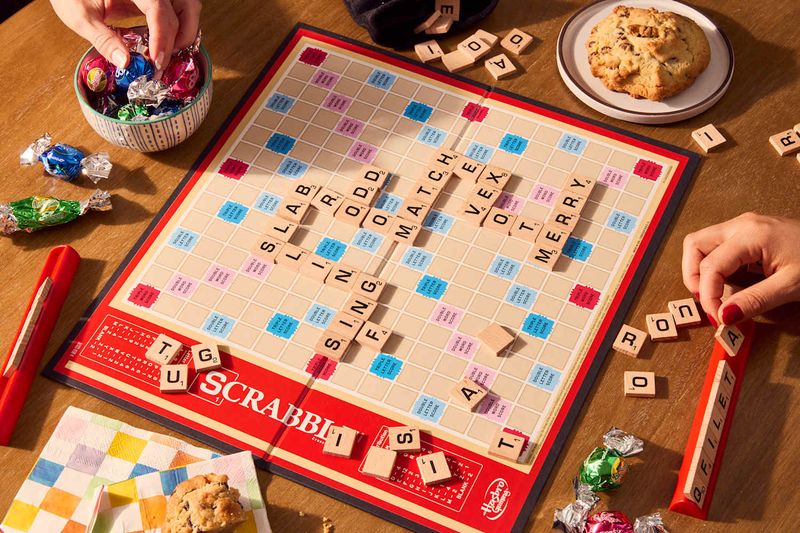
Board games and puzzles were more than just entertainment; they were a means to connect and engage with others. Families and friends gathered around tables, strategizing and laughing together.
These games encouraged critical thinking and patience, often sparking friendly competition. They provided an opportunity to disconnect from daily stresses and focus on the moment.
Puzzles, in particular, offered a satisfying challenge, rewarding perseverance and teamwork. The shared experience of completing a puzzle or winning a game created bonds and joyful memories, treasured long after the pieces were put away.
9. Attending Local Events

Local events were highlights of community life, bringing people together in celebration and joy. Fairs, festivals, and markets offered chances to experience culture and local flavor.
These events provided entertainment, from live music to art displays, enriching community spirit. They were platforms for artisans and craftsmen to showcase their talents, fostering local pride.
Attending such gatherings strengthened community ties and created lasting memories. The shared joy and camaraderie experienced at these events contributed to a sense of unity and belonging, enhancing happiness and life satisfaction.
10. Crafting Handmade Gifts
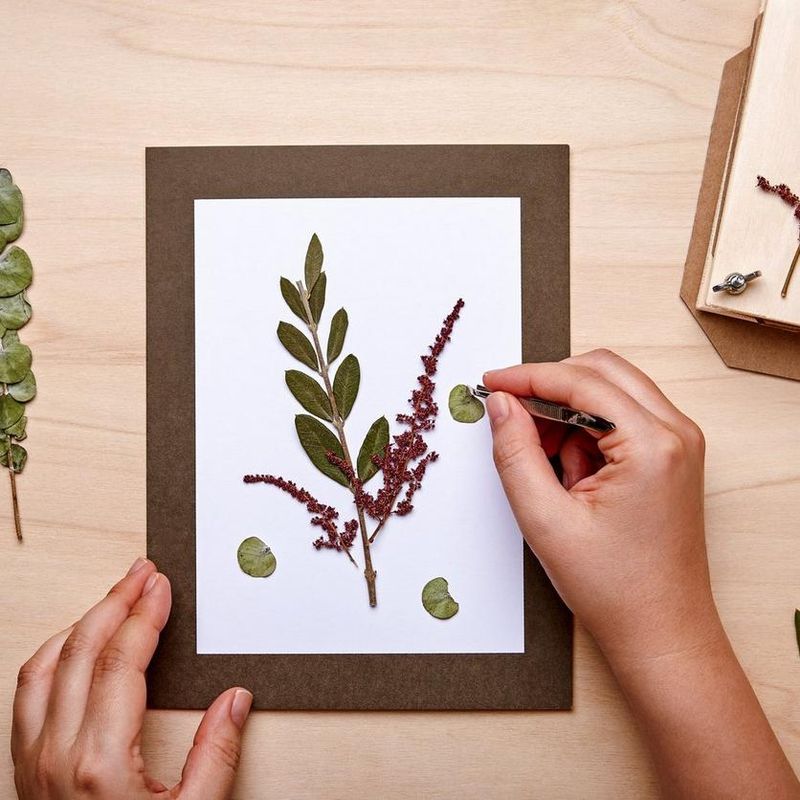
The tradition of crafting handmade gifts was a heartfelt way to show affection and appreciation. Each item carried personal significance, making both the giver and receiver feel cherished.
Crafting required time and thought, turning simple materials into treasured keepsakes. This creative process was both fulfilling and relaxing, allowing for self-expression.
Handmade gifts were unique and meaningful, often passed down as family heirlooms. They embodied care and intention, strengthening personal bonds. Whether knitting, woodworking, or painting, crafting nurtured creativity and brought joy to both creator and recipient.

